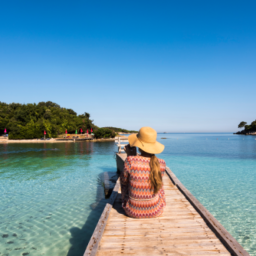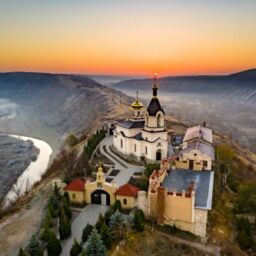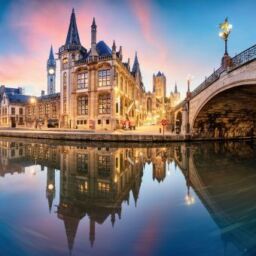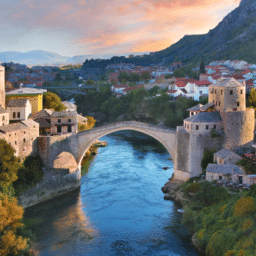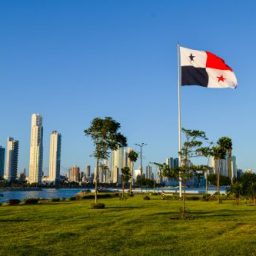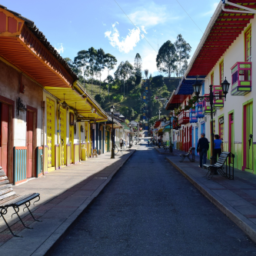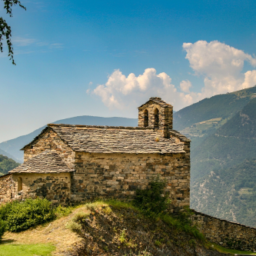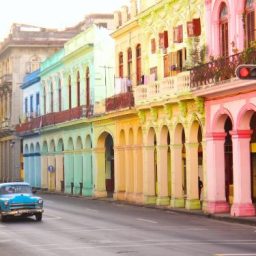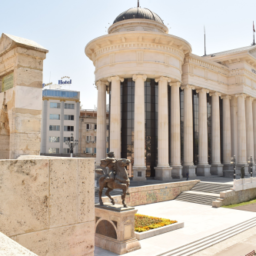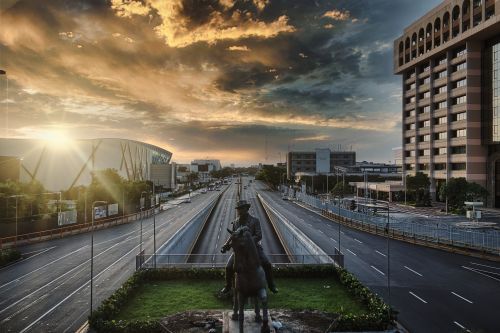

The Dominican Republic is a vibrant country located in the Caribbean, with a rich and varied heritage. At the heart of its culture lies the Spanish language. Although it has been the only official language of the country since its independence, it is not the only tongue spoken there.
There are many other languages and dialects that have been present since the earliest days of colonisation. The turbulent history influenced by indigenous groups, Spanish dominion, and African slavery impacted the country’s linguistic situation.
DOMINICAN REPUBLIC IN A NUTSHELL
Before we embark on a virtual trip to the Dominican Republic to eavesdrop on its people, let’s get to know better this country. The state’s territory occupies 2/3 of the Haiti island, sharing the borders with the Republic of Haiti.
DOMINICAN REPUBLIC – GEOGRAPHY
The Dominican Republic has a total area of 48 730 km². Its terrain consists mainly of mountains and hills. The highest peak is Pico Duarte at 3,098 meters above sea level. The country has many rivers and streams, including the longest, Rio Yaque del Norte. The climate in the Dominican Republic varies depending on altitude. Its coastline is 1,288 km long, providing plenty of space for beaches, coves, and estuaries.
DOMINICAN REPUBLIC – HISTORY
In 1492, Christopher Columbus arrived at Hispaniola, claiming it for Spain and beginning the colonisation. Between 1795 and 1808, the entire island came under French rule. The country regained its independence for the first time in 1822, then lost it due to the occupation by Haitian troops. Several decades later, the Dominican Republic became part of the Spanish empire again and remained under its dominion for several years. The country finally declared independence in 1865.
THE PEOPLE OF THE DOMINICAN REPUBLIC
The Dominican Republic’s population counts beyond 11 million people. The vast majority of residents live in cities; the urbanisation rate surpasses 84.5%. The most important agglomerations are Santo Domingo, Santiago de los Caballeros and Santo Domingo Oeste (source: worldometers.info). Approximately 70% of Dominicans are of mixed racial origin, 15.8% belong to the black race and 13.5% to the white race (source: britannica.com).
SPANISH LANGUAGE IN THE DOMINICAN REPUBLIC
The Dominican Republic is a significant hub for the Spanish language, with 90% of its population speaking it as a first language (source: worldatlas.com). The presence of Spanish in the country dates back to when the island was colonised in 1492. The local dialect has been enriched by African, Taino and French influences.
The Dominican Republic has its own dialect, slightly different from the language used in the Iberian Peninsula. Due to the origin of the colonisers, it is mainly based on accents from the south of Spain: Canary and Andalusian. There are many expressions that have already fallen out of use in the language standard. The Dominican Spanish is known for its conciseness and frequent abbreviations of words and expressions. It may be difficult to understand for foreigners.
The Spanish language is used for both everyday life and official situations. It is present in education and the media. If you need a Spanish translation, let us know. The whole procedure: task assignment, pricing, and translation itself can be done online. You are not required to visit us in our office. Think of the convenience that this solution offers!
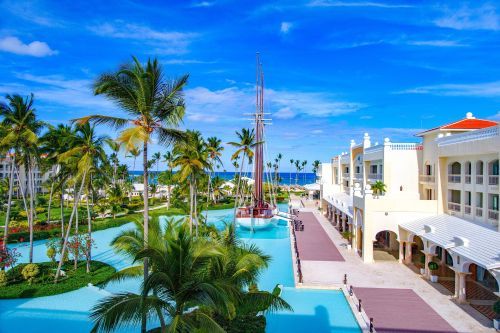

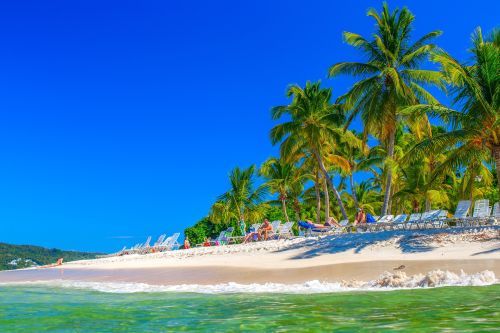
ENGLISH LANGUAGE IN THE DOMINICAN REPUBLIC
English is a popular foreign language in the Dominican Republic. It is used mainly in business, tourism, and education. The surging demand for English speakers is due to strong ties with the United States and an increasing number of international corporations seeking employees in the country.
The majority of foreign language speakers live in the major cities, Santo Domingo, Santiago de los Caballeros, and tourist areas. English is widely taught in schools and universities throughout the country (both public and private).
ENGLISH SAMANÁ
About 12,000 inhabitants of the Dominican Republic speak English Samaná (source: Everything Punta Cana). They are descendants of black immigrants originating from the United States. The dialect resembles Caribbean English spoken in other countries of the region.
If you employ expats and would like to check their knowledge of Polish, English or Spanish, use Focus Audit Tool. This auditing tool allows you to test candidates’ language skills fast and efficiently. All the process takes place online for your convenience.
FRENCH LANGUAGE IN THE DOMINICAN REPUBLIC
The French language is not one of the official languages in the Dominican Republic, yet it is a popular second language among residents. This is due to the country’s proximity to Haiti and Martinique, two French-speaking Caribbean nations. The influence of French culture can be seen through the names of places and roads, traditional sayings and expressions, and the use of foreign words in everyday speech. As a result of this deep-rooted connection, many local schools offer French classes as part of their curriculum.
HAITIAN CREOLE IN THE DOMINICAN REPUBLIC
Haitian Creole is the most common minority language in the Dominican Republic. Around 160,000 immigrants from the neighbouring county speak it. Most of them are bilingual and use Spanish fluently (source: sunrise-villa.com). The dialect is based mainly on 18th-century French. Over the years, Portuguese, Spanish, Taino, and West African languages influenced its vocabulary and grammar.
DOMINICAN REPUBLIC – TOURISM
Tourism is a major contributor to the Dominican economy. Visitors flock to the country for its stunning beaches, vibrant cities, and world-class resorts. With its lush landscapes, lively culture, and abundant activities, it is easy to see why the Dominican Republic is a popular destination for travellers from all over the world.
The varied terrain of the Dominican Republic with lush mangroves, crystal-clear rivers and streams, rolling hills, and pristine beaches provides a stunning backdrop to its diverse culture. The tropical savannah climate is ideal for outdoor activities like beach-going, swimming in the warm Caribbean Sea, biking through the countryside or rafting down mountain streams. The country has plenty of scenic natural attractions such as limestone caves, coral reefs, mangrove forests, and the majestic Pico Duarte mountain peak.
TRAVELLING TO THE DOMINICAN REPUBLIC
Before travelling to the Dominican Republic, check local regulations regarding the required documentation for entry. Moreover, we strongly recommend learning a bit of Spanish. The basics of Columbus’s language will help you get along with locals and explore the island. There are many ways to learn a new language. Our Spanish course is the one that will make you fall in love with the culture. Do not forget to tell the lector that you are eager to learn more about the Dominican Republic!



